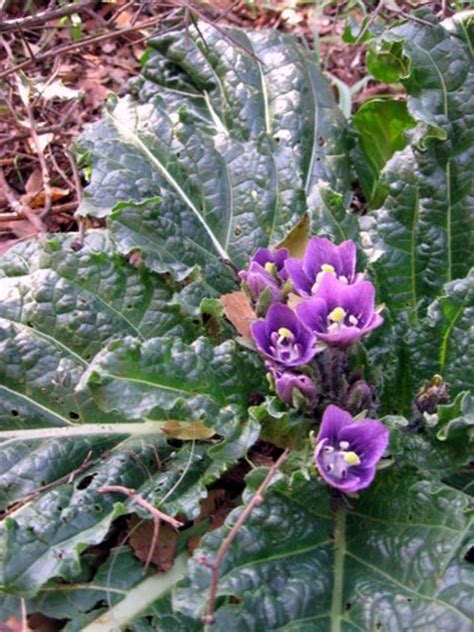Mandragora Plant. Although it is a plant, it is a bit unsightly. Mandrake, (genus mandragora), genus of six species of hallucinogenic plants in the nightshade family native to the mediterranean region and the himalayas.

Anise, borage, cilantro, chamomile, dandelion, rosemary, peppermint seeds & more. Initial attempts at surgical anesthesia began many centuries ago, with the plants of antiquity. The roots sometimes resemble human figures and their roots have long been used in magic rituals.
A Mandrake Is The Root Of A Plant, Historically Derived Either From Plants Of The Genus Mandragora Found In The Mediterranean Region, Or From Other Species, Such As Bryonia Alba, The English Mandrake, Which Have Similar Properties.
There was a widely shared belief that gathering the root was dangerous, as the plant, when uprooted, uttered a shriek, which caused the death or insanity of those who heard it. Native to southeastern europe and the mediterranean. A mandrake, also known as mandragora, was a magical and sentient plant which had a root that looked like a human (like a baby when the plant is young, but maturing as the plant grows).
The Leaves Are Very Variable In Size But Are Generally Up To 45Cm Long [.
4.7 out of 5 stars227. They grow wrinkly, ovate leaves that stay close to the ground. These insidious little plants typically form when a mandrake root is watered with a demon's blood.
A Revision Of The Genus Mandragora (Solanaceae) Publication.
It was used as a soporific (sleeping agent), in an early form of anesthetic called a soporific sponge or spongia somnifera. Mandragora officinarum is a virtually stemless, herbaceous perennial plant forming a rosette of leaves from a deep, often branched taproot. This reputedly magical plant has a taproot up to 4’ long that supposedly resembles a very ugly baby able to kill you with its scream if you dug it up!
Long Absent From American Ornamental Gardens, Mandrake (Mandragora Officinarum), Also Called Satan’s Apple, Is Making A Comeback, Thanks In Part To The Harry Potter Books And Movies.
But the part of the. The plants are particularly noted for their potent roots, which somewhat resemble the human form and have a long history of use in religious and superstitious practices. So, don't get close to the plant, its tentacles can take the initiative to attack from a distance, and the taste of being touched can be uncomfortable!
Mandrake Is The Common Name For Members Of The Plant Genus Mandragora, Particularly The Species Mandragora Officinarum, Belonging To The Nightshades Family (Solanaceae).
They've been appearing since final fantasy vii, though their recurring charismatic appearance originated in final fantasy xi. Wear gloves and wash hands after handling genus. The roots sometimes resemble human figures and their roots have long been used in magic rituals.
